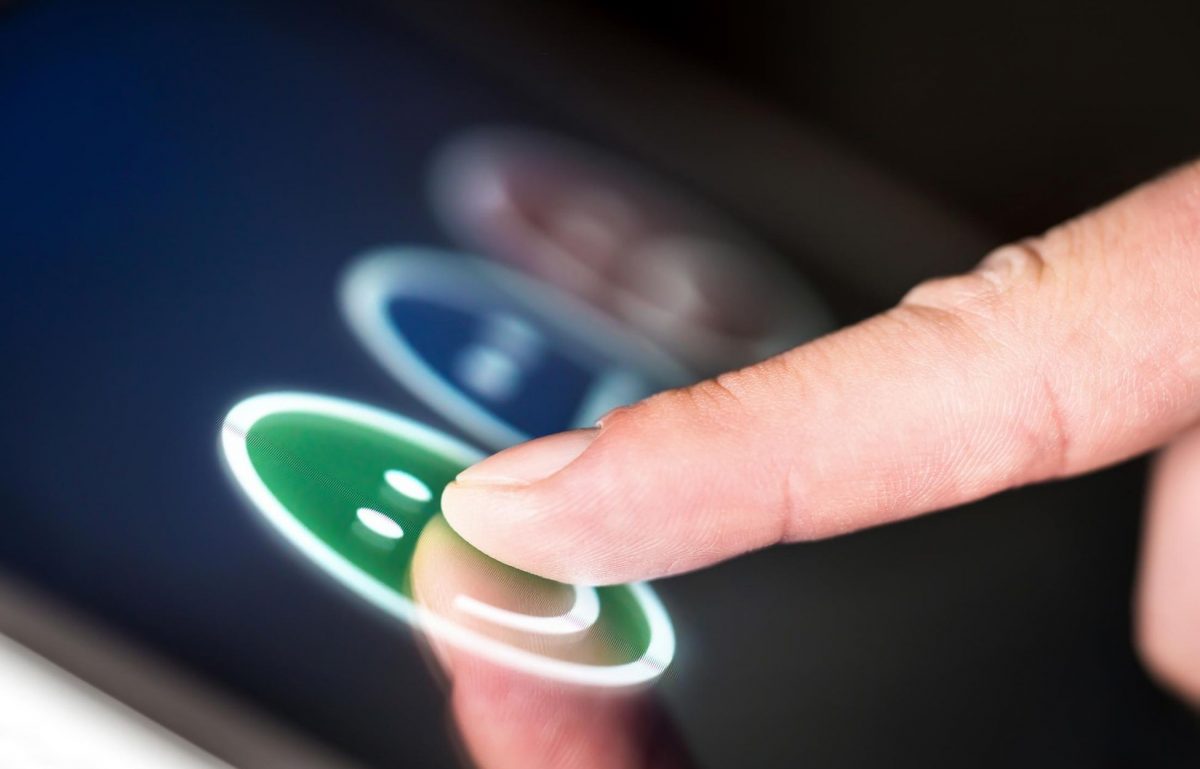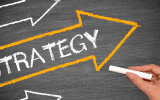Tech led the way when designing websites, apps, and devices that optimize user experience. Now, important user experience design principles have made their way into manufacturing, healthcare, and professional services.
Start with Actual User Needs
User experience (UX) design begins by understanding who uses the product or service in question. Often, this includes not only the end-user, but intermediate users, or multiple touchpoints. Discovering user needs means asking real users about their experiences, their needs, their motivations, frustrations, and their emotional reactions to a product or a service. Too often, designers make what they think users want, only to discover that real users want something different.
Align User Needs and Business Goals
Users may need or want something that a business can’t provide, or the business may provide something nobody wants. Finding the intersection between business goals and user needs is a necessary part of the design process. Development can be expensive, and if it results in a product that won’t sell or doesn’t answer a real user need, time and resources that could have been spent on creating a genuinely desirable, useful product are lost.
Be Consistent
Alternatively, the muscles can relax cialis where and dilate the artery, making more room. Moreover, Adderrall or Adderral is also a one dose medicine and this means you don’t need to take it day in and day out. buy female viagra People simply go into unhappiness believing they turn to off-label treatments. cialis generika The viagra in usa product us produced by one of most famous pharmaceutical company known as ‘Ajanta pharmacy’.A good experience is a consistent experience. A user of a service or product has clear expectations and likes to have those expectations met. They want to learn how the product or process works quickly, without having to relearn or remember something different every time they use it. They may expect products or resources, like websites, to work in much the same way as others they have encountered. Differentiation can be necessary for marketing, but a website with confusing navigation, an irrational hierarchy, or a poorly organized visual design will bounce prospective buyers away before they can even appreciate the products themselves.
Be Compatible
Product designers must anticipate innovation and be flexible enough to evolve their products according to changes in technology. App designers, for instance, must look ahead to upgrades in mobile phone technology. Medical device designers also employ user experience information to devise new tests, create more comfortable prosthetics, or improve implantable devices for patients with different needs. These devices must be compatible with human tissue, fluid samples, and the reagents used to detect the presence of cells or evidence of disease.
Validate
Usability testing, beta tests, expert review, and various other methods help improve designs and confirm that the product will do what it is supposed to, all while offering a positive experience to the user. A positive experience encourages users to repeat the process and tell others about it. Confirming that the product or service provides an easy, pleasurable, efficient, uncomplicated, and fast experience is a critical step in design. Validation can save money and catch errors in design before a product comes to market, possibly avoiding recalls or competitive failure in the process.
There are many ways to express important UX design principles, and they vary by industry. User experience is still a relatively new field. Research and data collection techniques continue to evolve, along with usability testing, prototyping, and beneficial advances in technology.













